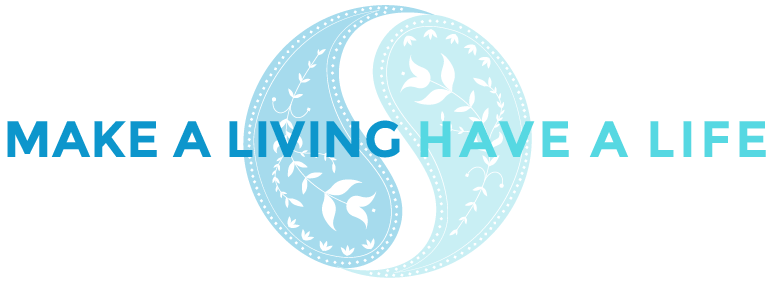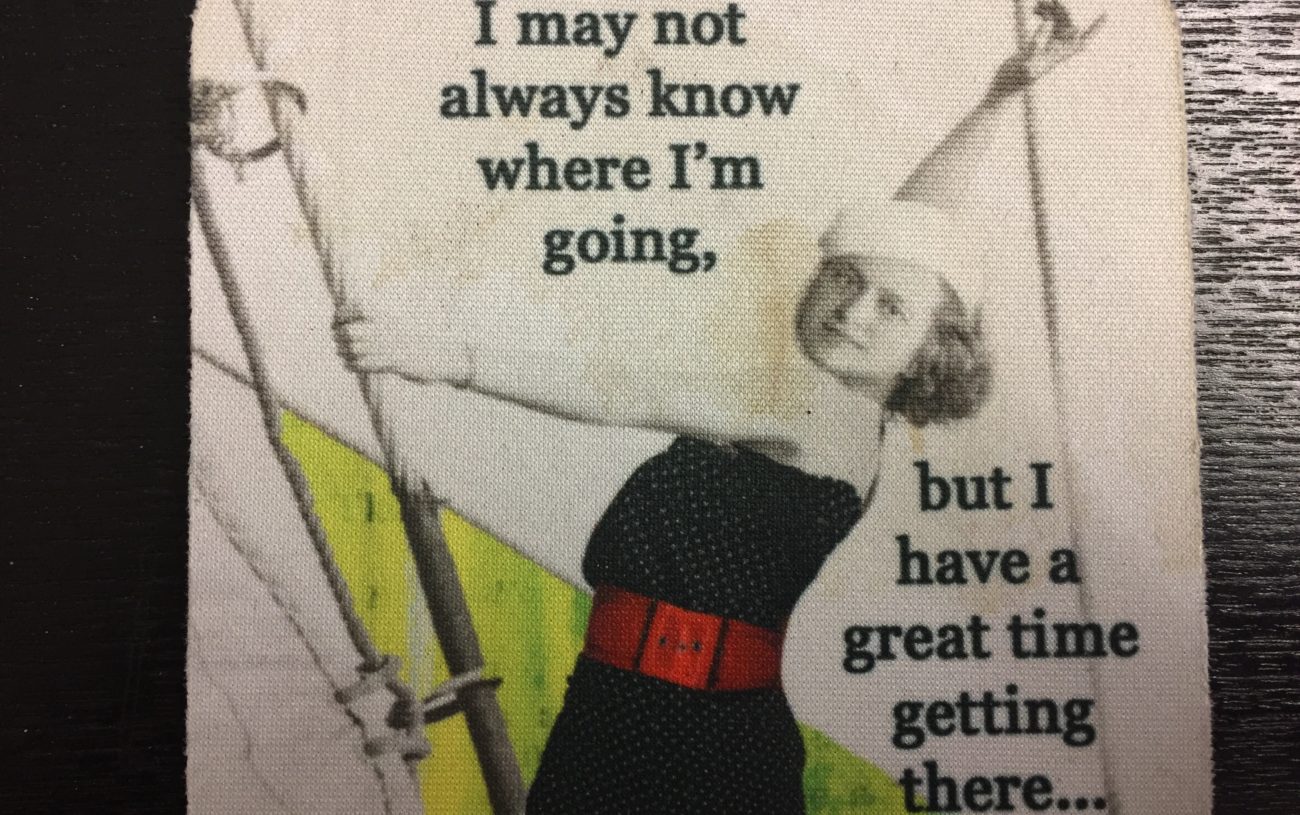I’ve just come across a New York Times article published in Feb 2016 titled Rethinking the Work-Life Equation as part of their Reimagining the Office series, aimed at corporations in office blocks. It was a brilliant series, and this article outlined the need and the justification not only for flexible working hours but for flexible working spaces as well.
This means that corporate employees would be free to work the times they wanted to, and where they wanted to. They could come into the office if they liked, or work from home, or Starbucks, or the pub. They could work mornings and late evenings, and do something else with the rest of their day. The idea is revolutionary in its domain in that it destroys the 9-5 concept of corporate structure, with emphasis being on the deliverables, not the means in which they were achieved. As long as employees were delivering quality products on time, it did not matter where and when they worked.
It is understood that this is not for all walks of life, and not for careers that need to adhere to certain shifts and schedules. Restaurant owners, doctors and nurses, school teachers, and research scientists are some of those who know very well that there is no such thing as a 9-5 day in their professions. The start-up tech industry also has been using this framework for years already. The article caught my eye and I’m highlighting it here because it speaks directly to a previous post of mine, Balance vs Integrate.



